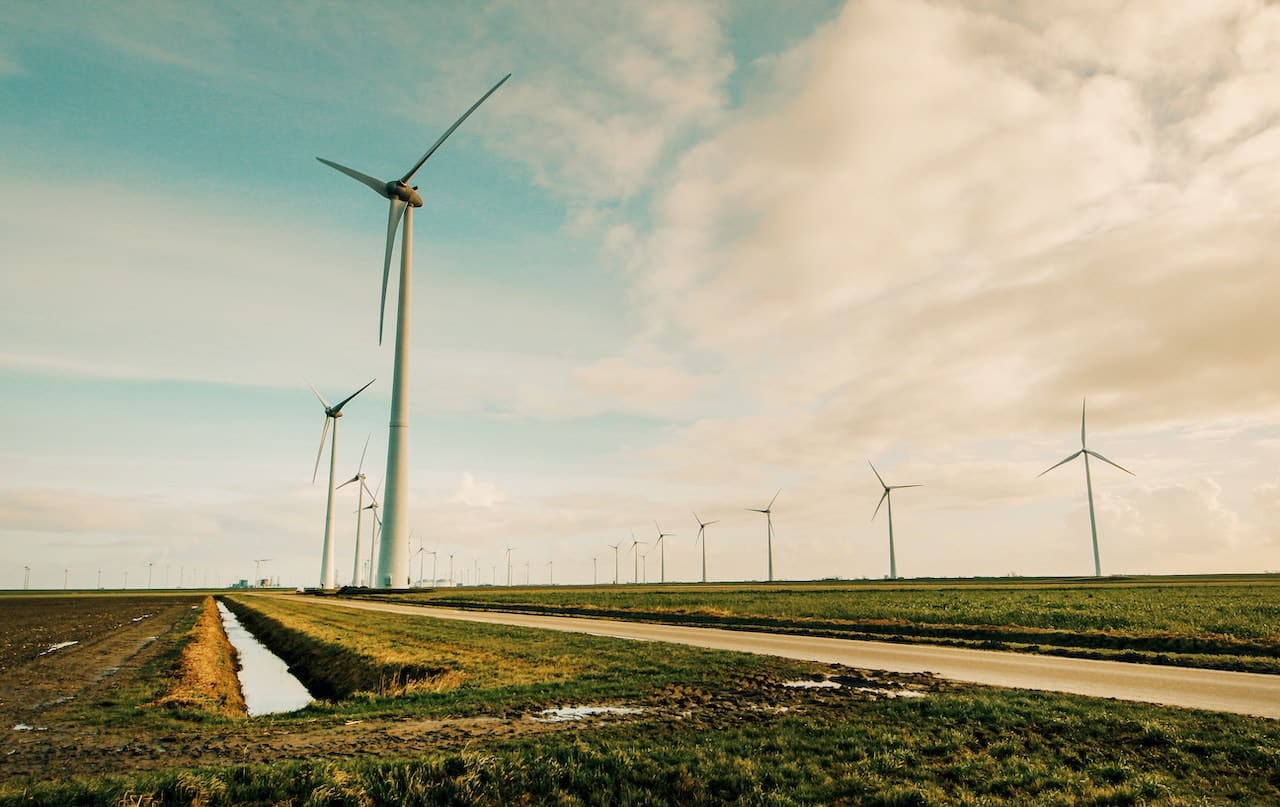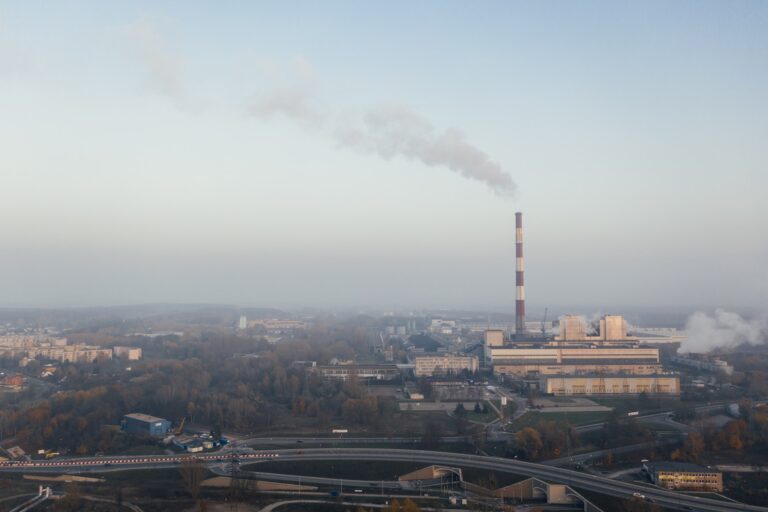February 3, 2023
Rural communities have the opportunity right now to access tens of millions of federal dollars to grow their local economies. These investments have the potential to help farmers make ends meet, give younger rural residents opportunities to get jobs closer to their families, and modernize residents’ access to necessary services.
And that’s just the start. In the coming months and years, two laws passed by Congress and signed into law by President Biden will provide an unprecedented influx of funding to rural communities. Together, the Infrastructure Investment and Jobs Act, signed into law in late 2021, and Inflation Reduction Act, signed into law in August 2022, contain billions of dollars set aside specifically for rural communities.
Rural communities will benefit from these laws in several ways. As residents struggle with higher costs from inflation, discounts for energy system upgrades and weatherization will save them money, particularly on their energy bills. The Inflation Reduction Act includes rebates and other incentives for the purchase of electric vehicles, electric wiring, stoves, heat pumps, and weatherization.
Funding specific to rural towns will also create jobs in clean energy, efficiency, and agriculture and forestry sectors, while helping small businesses, manufacturers, and farms succeed. A recent Stateline analysis of the 2020 census found that rural counties have lost population in the last decade, but new industries backstopped by government support may help reverse this trend – creating jobs that will help a new generation have opportunities to stay closer to their families if they want.
What kind of jobs should rural residents expect to see more of? Skilled trades will be in particularly high demand. The new laws create programs and job training programs for workers to plug abandoned oil and gas wells, clean up mines, electrify and weatherize homes and businesses, improve the grid and build new transmission lines, and build out a nationwide electric charging network – all part of the growing energy transition.
In Delta County, Colorado, for instance, where 900 coal mining jobs have been lost in the past decade because of mine closures, high school students are taking part in solar energy training classes where they will be certified solar panel installers upon graduation.
America’s manufacturing sector, often based in rural areas, will also get a new spark thanks to this federal legislation. In just two months after the Inflation Reduction Act’s signing, $28 billion in new manufacturing investment was announced. The BlueGreen Alliance estimates that a million new jobs a year will be created by the Inflation Reduction Act in the next decade.
In Liberty, NC, Toyota recently announced nearly a $5.6 billion dollar investment to build its first battery plant for electric vehicles, which will create 2,100 jobs in the region, increasing their investment after the passage of federal legislation. Local community colleges are actively preparing local residents for the skills needed in these well-paying jobs.
Farmers and ranchers will also benefit from an expansion of USDA’s Rural Energy for America Program that supports clean energy and energy efficiency projects, as well as new programs that assist them in deploying practices that will increase storage of carbon in soils and trees, while making their operations more productive. For instance, the Department of Energy recently announced millions in new funding for solar energy research projects across six states focused on agrivoltaics—the co-location of agricultural production and solar energy generation on the same land.
Finally, for communities whose economies have traditionally relied on energy production, a new loan program offers hundreds of billions of dollars to retool legacy energy infrastructure like transmission lines, refineries and power plants for the net-zero economy. Resources for the Future calls this provision “the most important clean energy policy you’ve never heard about” that could lead to the economic revitalization of communities that have been left behind.
Communities like Wise County, Virginia, where innovative public and private programs are giving residents new opportunities in the clean energy transition, will be ideally suited to spark these new industries.
The future is looking brighter than ever for America’s rural communities, with new industries, cost savings and clean energy on the way.
Related stories:
Technical assistance to help governments access federal dollars





